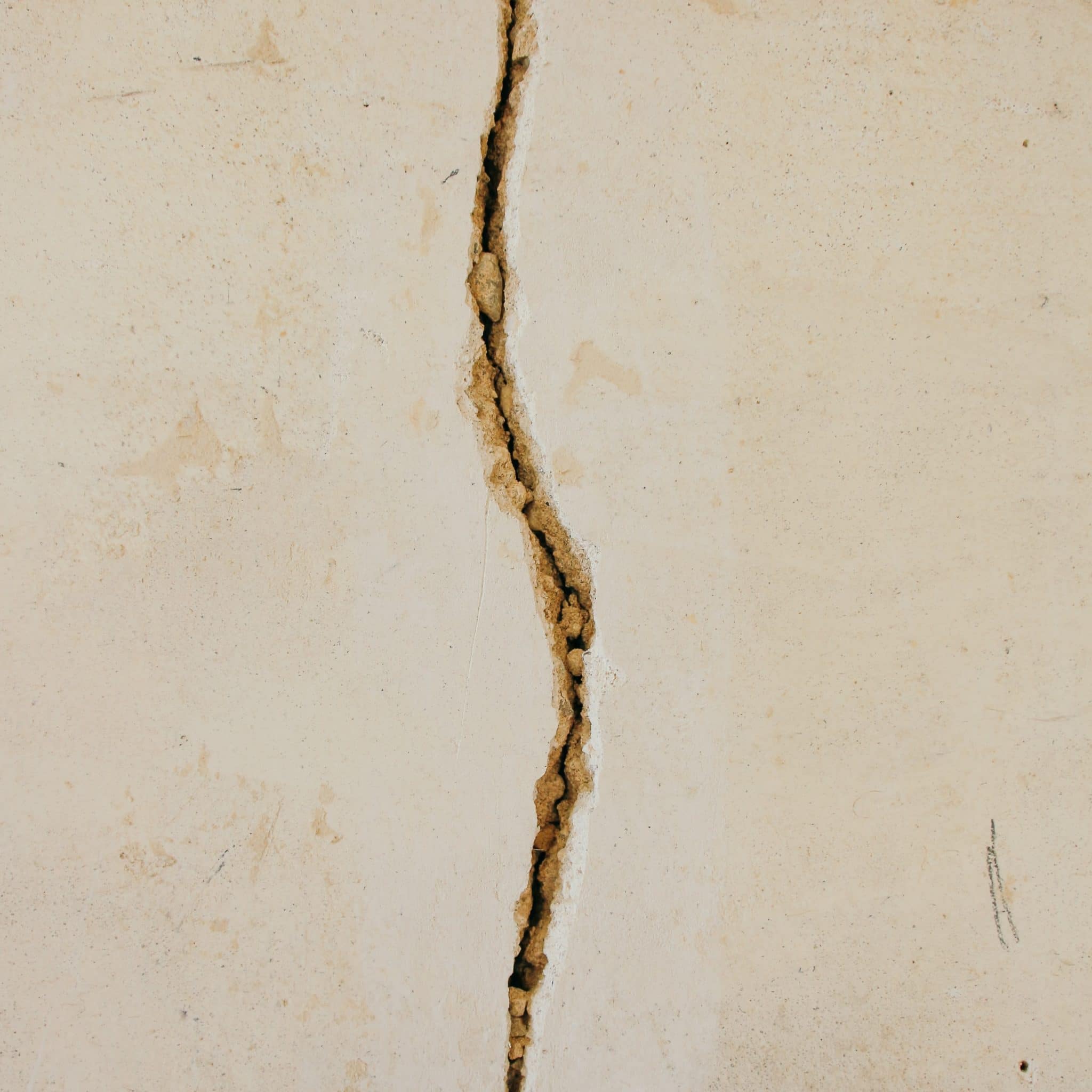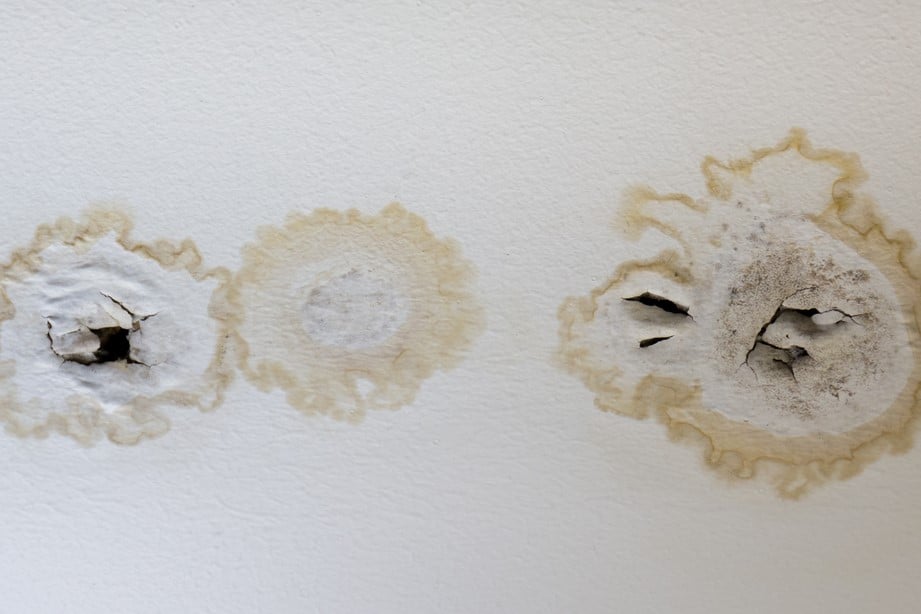Flipped Home Inspections: More Than Meets the Eye
By Alyssa Cink
Last Updated July 18, 2024

“Things are not always as they seem; the first appearance deceives many.”
Although composed in the fourth century BC, this line from Plato’s “Phaedrus” continues to resonate with audiences today. Those who’ve worked with flipped homes understand it all too well.
Flipped homes are a common grievance among home inspectors and buyers alike. While impressive at first glance, “flippers” often make cosmetic changes while ignoring or concealing serious issues, explains Mark Turner of Inspectus Home Inspections, LLC in Missouri.
“The biggest issue I have found with flipped homes is that more effort is spent on the cosmetics of the home and not much effort is spent on repairing the major defects,” Turner said. “One home I inspected was during a heavy rain. The home looked amazing. But when I got to the basement, one wall had about a foot long vertical crack covered up with paint and a substantial amount of water standing in the floor.”
For this reason, many in the inspection industry compare house flipping to putting “lipstick on a pig.” That is to say: What you see isn’t always what you get.
This raises several questions: What are the biggest issues inspectors see with flipped homes? Should flipped home inspections differ from standard residential inspections? How can you manage your risk while inspecting these deceiving properties? We spoke with our claims team and inspectors like you to find out.
Flipped Homes: What to Expect
What does it mean to “flip” a house? It’s the practice of buying, renovating, and repairing property, then promptly reselling it to turn a profit, explains Washington Post writer Haisten Willis in an October 2021 article.
Megan Polom writes in a Rocket Mortgage post that, under the right circumstances—e.g., using a licensed, esteemed contractor, high-quality materials, and proper permits—flipped homes can become buyers’ dreams. However, some house flippers do not take the time to ensure quality repairs.
Neglected Issues
Real estate investors are looking to make a profit: Buy low, sell high, and sell fast, advises James McWhinney in an Investopedia article. McWhinney explains that the longer an investor owns the house, the more money they lose due to costs such as property taxes and utilities. Incentivized to work quickly, investors may prioritize superficial upgrades, take shortcuts, or neglect the most crucial and expensive repairs that will cause problems later, say inspectors like Mike Leggett of The BrickKicker of Georgia.
“In my experience, [a flipped home] is a rushed job with a tight budget, so they only give attention to the things that are obviously going to hinder an offer for purchase,” Leggett said.
According to our research and interviews, some commonly neglected and concealed areas in flipped homes include:
- Roof repairs and replacements,
- Plumbing,
- HVAC,
- Structural damage, like sagging ceilings due to removal of load bearing walls,
- Damages from wood-destroying organisms (WDO), like termites, and
- Electrical issues, especially related to wiring.
Interestingly, these issues directly correspond with the top 12 claims home inspectors face industry-wide. On the other hand, because signs of serious defects are likely to be covered with paint or secluded in inaccessible areas, these same defects can be more difficult to identify in a flipped home. The combination of hidden damages and unprofessional labor creates a perfect storm for home inspectors’ risk.
Poor Workmanship
In addition to rushed repairs and poorly addressed defects, home inspectors should also prepare to find repairs that have not been completed by licensed, reputable specialists in flipped homes. Waypoint Property Inspection, LLC in Florida explains in their blog post that flippers, despite lacking relevant skills and experience, may attempt to do their own repairs. Or, to save money, flippers may hire inexpensive and unskilled workers.
In either case, poor workmanship can lead to cutting corners and, ultimately, additional expenses for the buyer down the road. This could include injuries or costly repairs to get the house up to code, Polom says in her article.
Ian Scott from HomeTeam of North Shore Wisconsin made a similar observation.
“Flipped homes look the part. However, they are usually all show and no go,” Scott said. “[There’s] lots of amateur or non-standard work in flipped homes. Although we aren’t code inspectors, most things usually are not up to current codes.”
Clients with Unrealistic Expectations
If these issues weren’t challenging enough, dealing with clients’ unrealistic expectations adds more fuel to the fire. Unfortunately, this is a challenge for many flipped home inspectors, like Kevin Smith of Forward Assist in Texas.
“[The] biggest problem I have run into in flip houses is the clients’ lack of understanding regarding the scope and budget required to bring the property to a good and marketable condition,” Smith said. “They have seen too many of the rehab TV shows and think that all you do is sign the line and watch the money roll in.”
Leggett has had similar encounters.
“[Buyers and realtors] think that a recently renovated home will be free of defects,” Leggett said. “[But] it is rare for a flipper to fully assess the condition of a home. They go straight for cosmetic issues. They rarely enter the attic or crawlspace to fix anything and may have the HVAC system serviced so it seems to work during the inspection.”
Managing Risk with Flipped Home Inspections
Inspecting a flipped home has some unique challenges. But many of the risk management practices you follow for standard home inspections also apply to flipped homes. In fact, inspectors like Mike Morgan of Morgan Home Inspection in Texas and Bruce Barker of Dream Home Consultants in North Carolina recommend treating flipped homes like any other inspection.
“I don’t feel that inspecting a flipped home is much different than inspecting a normal home,” Morgan said. “As long as the inspector does a thorough, competent inspection, he or she should be able to find most serious issues on either type of home.”
“You should do a good, competent inspection according to the standard of practice, regardless of whether the home’s a flip,” Barker said. “You may want to keep your spidey senses a little bit more attuned if it appears to be a flip…. [But] there’s really nothing that you apply to a flipped home that you wouldn’t apply to any other home.”
At the same time, don’t get lost in the charm of the house’s cosmetic upgrades. As with standard home inspections, mentally prepare yourself for previous or existing issues that may be hiding beneath the surface. And, of course, it’s crucial to perform thorough inspections, follow your standards of practice (SOPs), and report any areas you couldn’t access or inspect fully, Morgan says.
We share additional tips for avoiding flipped-home-related claims below.
Research the property’s condition beforehand.
Carl Henley of HomeVue Inspection Services in Idaho encourages his fellow inspectors to research the house’s condition and value histories online before the day of the inspection. This preparation is especially helpful if the condition you observe doesn’t match what the seller described.
“Too many inspectors do not prepare properly before going to the site, which [puts them at a] disadvantage if there is an argument over the specs and price,” Henley said. “I take a few minutes to research the listing…just to ensure I get a perspective on their interpretation of ‘condition.’”
 Do NOT check permits yourself.
Do NOT check permits yourself.
Along with researching the property online, you may want to look at permits from the city to gather more information. However, pulling permits yourself is outside a home inspector’s scope and is, therefore, not something our claims team recommends. Home inspectors are not required to hold permits or identify whether the property has filed the right permits for the completed renovations. In doing so, inspectors open themselves up to unnecessary risk.
Rather than pulling the permits yourself, our claims team suggests including recommendations in your home inspection reports. In such recommendations, you may note that an area appears to have been renovated or added to the property. You could also encourage your client to investigate whether the proper permits were obtained for that work.
This approach has proved advantageous for several inspectors, including Barker and Jerry Stronger of Preferred Inspection Services in California.
“When I’m teaching reporting in flipped houses in particular, one of the most powerful recommendations is the permit check recommendation,” Barker said. “If it appears to be a flip, or even if it doesn’t appear to be a flip, but you see a number of issues that lead you to wonder whether somebody has been doing work that requires a permit, recommend a permit check.”
“Since the remodeling is typically significant [in a flipped home], I always recommend that the buyer do their own investigation with the local building department to see what permits were issued, if any,” Stronger said. “[Permits] also [help the client] obtain any warranties, if available, from either the general contractor, the trade contractors, or both.”
Get your pre-inspection agreement signed every time.
Pre-inspection agreements are a home inspector’s first line of defense. These agreements define inspection parameters, limit your liability and control dispute resolution. Without this agreement, clients are left to assume what your inspection covers and what repair expenses they can put on your shoulders.
For most of you, getting a contract signed is second nature. But are you getting it signed prior to the inspection 100 percent of the time? If not, you’re putting your business at risk.
Have a disclaimer.
Most of your clients don’t have much of an idea what an inspection is and isn’t until you tell them. By explaining what happens during the inspection and what you may uncover, clients are better equipped to understand your findings. Furthermore, reminding your clients what’s realistic for a flipped home will make them less likely to file claims without merit.
You can set and reset expectations in person and in writing. Set expectations on the phone call when booking the inspection and during the inspection itself. Make sure your inspection contract and your report frame your clients’ expectations, too.
One way to set expectations in your inspection report is with a flipped home disclaimer. Our claims team suggests that home inspectors include a disclaimer for flipped homes early in their report. It should acknowledge that the property is a flipped home. It should also acknowledge that some underlying deficiencies may remain unaddressed and may be unidentifiable during the inspection. Such a disclaimer could read:
This property has recently been purchased and has undergone renovations for the intent of reselling. There is a high probability that there will be issues that cannot be visually identified on the day of the inspection, or that have been concealed.
Read our previous articles on writing recommendations and easy-to-understand reports for additional tips. You can also learn how you can encourage clients to read your reports here.
Don’t rush.
Although your inspection process should look identical, set aside additional time to evaluate flipped homes—and charge accordingly, advises Craig Parent of 406 Home Inspection, LLC in Montana. Stronger and Mike Hamilton of MBH Services, LLC in Arizona agree that slowing down and cautioning yourself gives you the freedom to investigate anything that doesn’t feel right.
“Allow yourself extra time on a flipped home,” Stronger said. “We often joke [that], when a realtor calls to request the inspection and says ‘It’s an older home, but it shouldn’t take too long because it’s been recently remodeled,’ that translates to ‘Add an hour to the normal inspection time.’”
“Managing risk on a flipped home is difficult because you hope you’ve found all of the issues, but you know that some of them are fully concealed inside the walls,” Hamilton said. “My advice would be to slow way down and look everywhere, especially in the attic.”
Take LOTS of photos.
In case you haven’t heard it enough, here’s the old adage again: A picture is worth 1,000 words. In an industry like home inspections, photos can do wonders. They can help inspection clients understand your findings and put them into context. They can bring reports filled with descriptions laced with technical jargon to life.
And, from a risk management perspective, photos can prove what was there on the day of the inspection—and what wasn’t. That’s why our claims team recommends taking pictures of everything and of every room in a flipped home. This includes problem areas and areas without any defects. If a client accuses you of missing a ceiling stain, having a photo from three months earlier proves the stain didn’t exist on the day of the inspection.
The more pictures you have, the more evidence we have to defend you against meritless claims. Read our past article to explore the role that photos play in managing your risk.
Be familiar with code, but do NOT cite code.
Being familiar with code may help you recognize potential issues that the builders tried to conceal, explained Richard Stockton of A Better Home Inspection Service, LLC in Virginia. Just remember not to cite code in your inspection report if you aren’t performing a code inspection.
“Home inspections is really knowing [the] field you’re in, your building codes. Even though it’s not a code inspection, you still have to know all that stuff and have a keen eye for problems that builders did and shortcuts that they’ve done…especially [with] flipped homes,” Stockton said. “They do try to hide a lot of the little things that they know a home inspector is going to be looking for.”
Safeguard your business with home inspector insurance.
Finally, as insurance providers, we recommend that inspectors carry errors and omissions (E&O) and general liability (GL) insurance. These insurance types protect you from claims, meritless or not.
Today, InspectorPro Insurance is the leading home inspection insurance provider in the nation. With a reputation built on superior claims handling and quality customer service, we give clients peace of mind.
Our errors and omissions and general liability insurance policies are built to serve your unique business needs. Insuring with anyone else simply isn’t worth the risk.
Apply for a quote for our insurance program here.
Flipped Homes: Moving Forward
Flipped home inspections can be tricky. But, with the right precautions, you can mitigate your risk and help your clients recognize a great deal.





